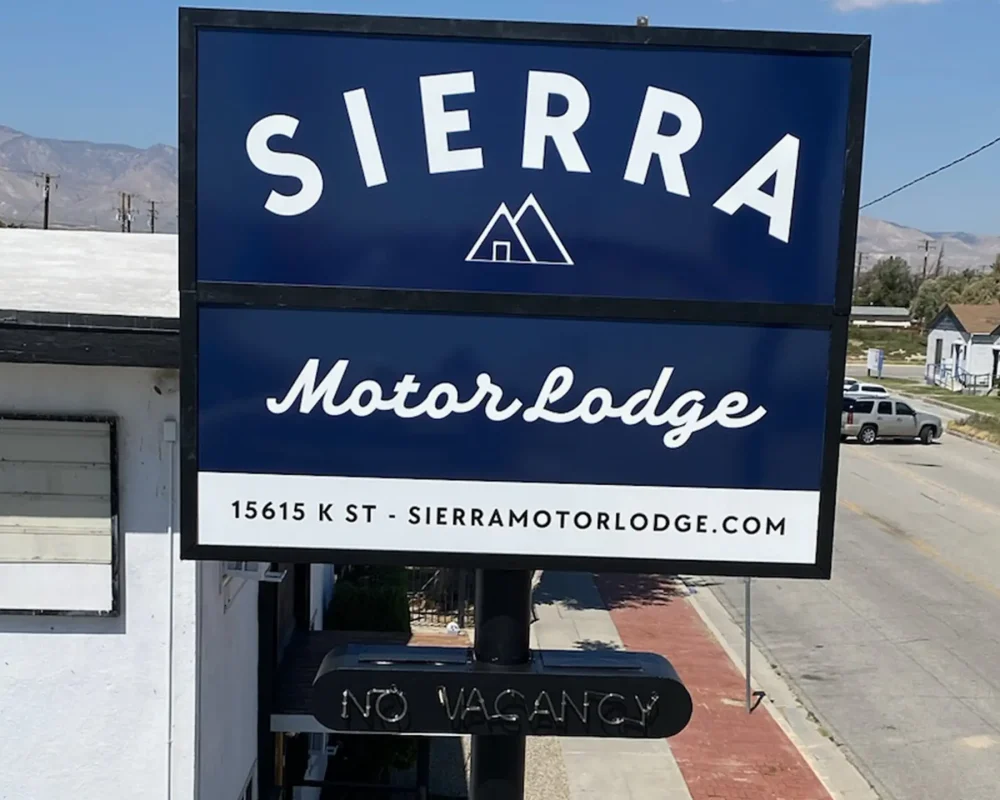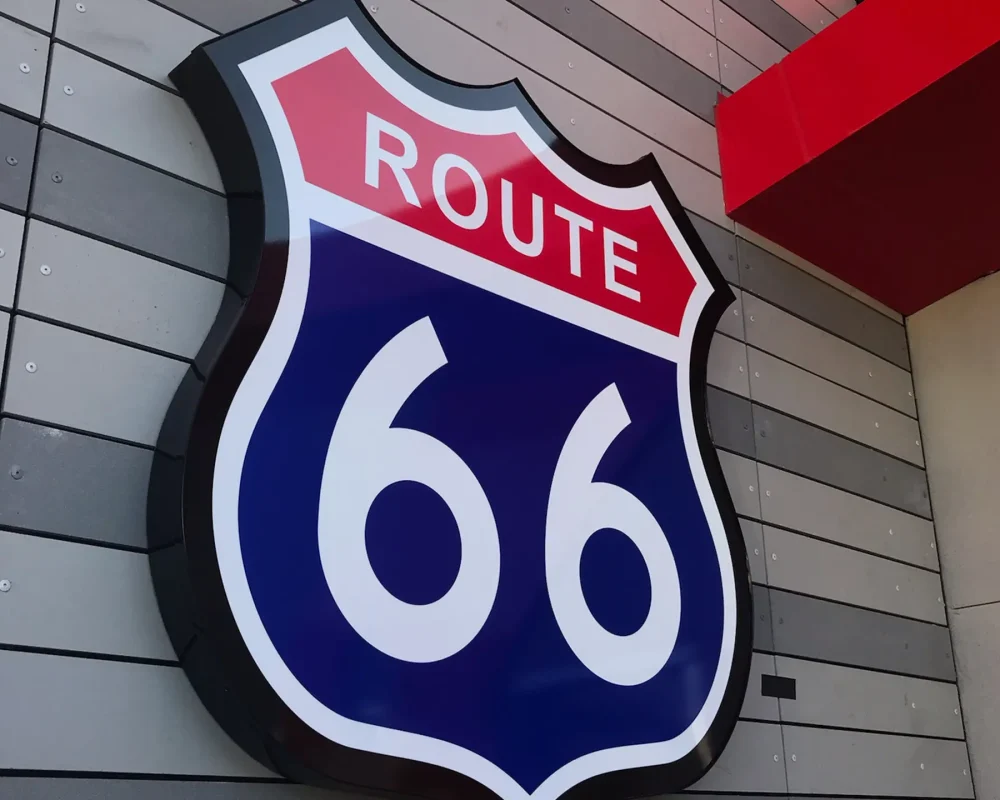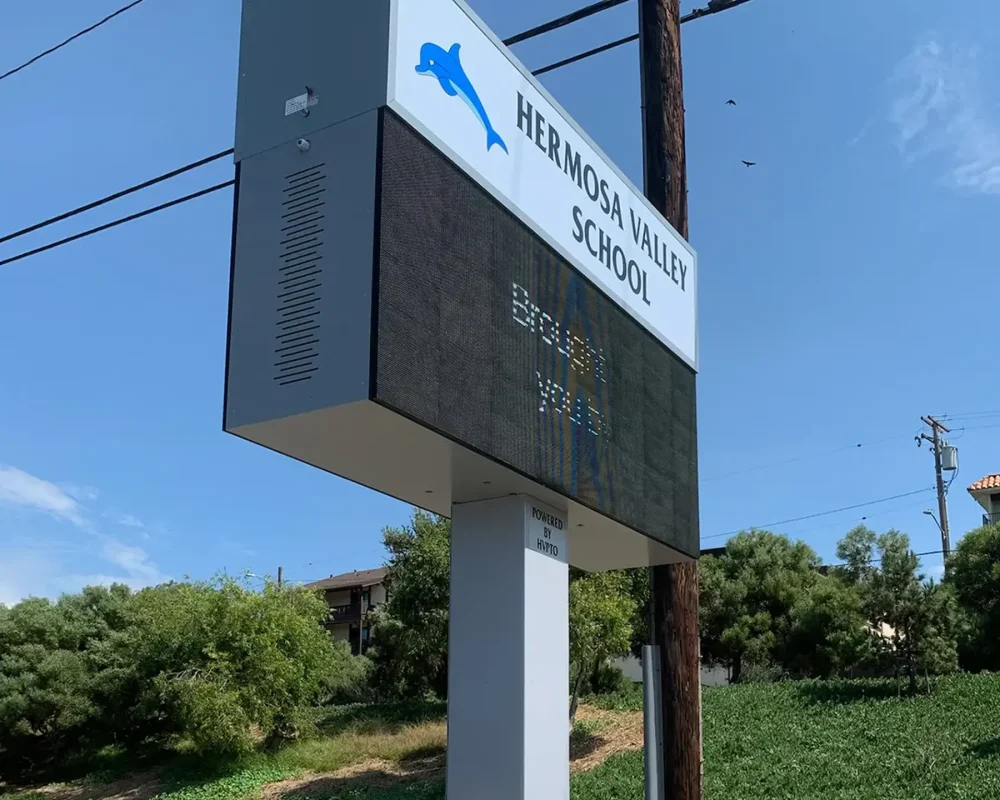The Americans with Disabilities Act makes certain forms of compliance legally mandatory for public buildings or buildings with public access. This is especially important to know in California. You can be fined heavily if you are missing certain ADA signs and fixtures. You should be aware of many kinds of ADA signs and requirements, like ADA signs for braille, elevators, restrooms, and room signs – among others. One essential ADA-mandated fixture is grab bars for restrooms. If you want to make sure you avoid all legal problems, you should double-check to ensure every restroom (as well as the rest of the building) carries every ADA-compliant sign it could need.
What are Grab Bars?
A grab bar is a simple but critical tool for many disabled people. Most often, it is a kind of metal bar that is bolted onto a bathroom wall or bathroom stall. It assists with gripping and balancing for people who struggle to orient themselves physically. Individuals who do not have full use of their legs can use grab bars to pull themselves out of wheelchairs and onto toilets. Older adults can use the grab bar to ensure that they do not lose their more fragile balance. While there are many different designs and variations, the grab bar is always meant to be an ever-present tool for easy use by anybody who might need it. Along with ADA-compliant signs, they are an essential part of any building.
Grab Bar Cross Section
The ADA requirements for restroom grab bars are as follows: They can either have a circular cross-section or a non-circular cross-section (such as a square shape). For the circular cross-section, they must have an outside diameter of at least 1.25 inches (32 mm) and a maximum of 2 inches (51 mm). For the non-circular cross-section, they must have a maximum cross-section dimension of 2 inches (51 mm). The perimeter dimension must be at least 4 inches (100 mm) and at most 4.8 inches (120 mm).
Grab Bar Spacing
A grab bar needs to have proper space for it to help those who need it effectively. The space between the bar itself and the wall it is attached to should always be 1.5 inches (38 mm). The distance from the grab bar to any other objects projecting from the wall above should be at least 12 inches 305 mm). The space from the bar to any objects projecting from the wall below or to the sides should be at least 1.5 inches (38 mm). Projecting objects include any ADA signs that might be required.
Grab Bar Position
It is required for grab bars to be installed parallel to the ground in a horizontal orientation. They must be at least 33 inches (840 mm) and 36 inches (915 mm) from the ground, measured to the top of the bar. The exception is in restrooms meant for children’s use, where the range is 18 inches (455 mm) to 27 inches (685 mm). If the grab bar is on a rear wall and the toilet is not in a stall, the bar must be at least 36 inches long – with 12 inches extending from the middle point of the toilet to the closest side wall and 24 inches extending in the opposite direction. Make sure to research the conditions that your grab bars will be in to ensure the relevant regulations.
Conclusion
Grab bars are an invaluable and relatively cheap fixture. Without them, you render your restrooms to be spaces that are unwelcoming for anyone who is not entirely non-disabled. Furthermore, you could find yourself in trouble and outside of ADA compliance. Make sure to comply fully with all ADA requirements by installing grab bars, ADA-compliant signs, and more. If you do not know which ADA signs you need or where you can find them – do not worry. Resource 4 Signs is a company that allows you to order ADA signs in bulk to meet all of your legal construction needs as efficiently as possible. With all the ADA signs and the other compliant features you could ever need, you will ensure that the buildings you construct avoid legal issues altogether.
If you would like to purchase ADA-required signs for your office or building, then please visit our website for options here.




